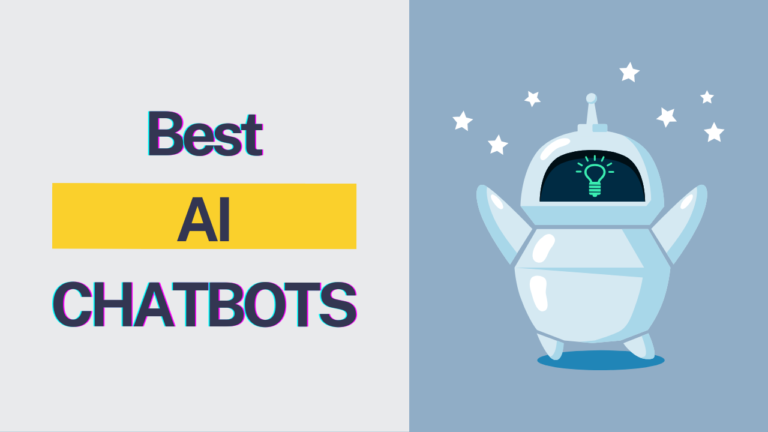Artificial Intelligence (AI) chatbots represent a captivating leap forward in today’s digital technology landscape. Their capabilities span a wide range, from assisting in ordering a pizza to addressing specific queries and facilitating intricate B2B sales processes.
The multifaceted functionalities of AI chatbots often evoke a sense of magic, prompting occasional confusion and even fear among those who encounter them. However, it’s essential to recognize that AI chatbots are fundamentally tools, albeit highly potent ones, that can enhance your digital experience.
Table of Contents
Curious about what AI chatbots are, how they operate, and when they can elevate your business conversations? All these questions and more are addressed in this introductory guide to AI chatbots.
WHAT IS AN AI CHATBOT?
AI chatbots are designed to engage in human-like conversations through a technology called natural language processing (NLP). Employing NLP, these chatbots can comprehend written human language, enabling them to function relatively independently.
In essence, AI chatbot software possesses the ability to grasp language beyond predefined commands, offering responses based on available data. This capability empowers website visitors to take the lead in conversations, expressing their intent in their own words.
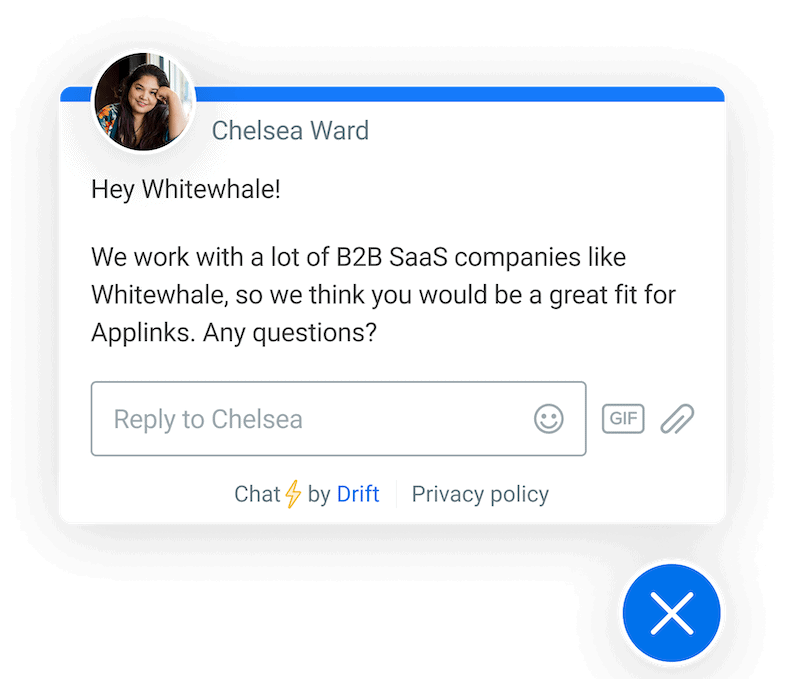
Additionally, AI chatbots continually learn from their interactions. As they accumulate experience over time, they can adjust their responses to varying patterns and novel situations. This dynamic adaptability makes them versatile tools that can be employed for diverse purposes, including analyzing customer sentiments and making predictions about the preferences of site visitors on your website.
HOW AN AI CHATBOT WORKS
Presently, a significant obstacle to the widespread adoption of AI is that almost half of all marketers identify themselves as AI beginners. However, it’s crucial to recognize that setting up an AI chatbot doesn’t require a Ph.D. in natural language processing (NLP) or programming expertise.
All that’s needed is a reliable AI chatbot software and a fundamental understanding of how an AI chatbot functions. Here’s a brief overview 👇
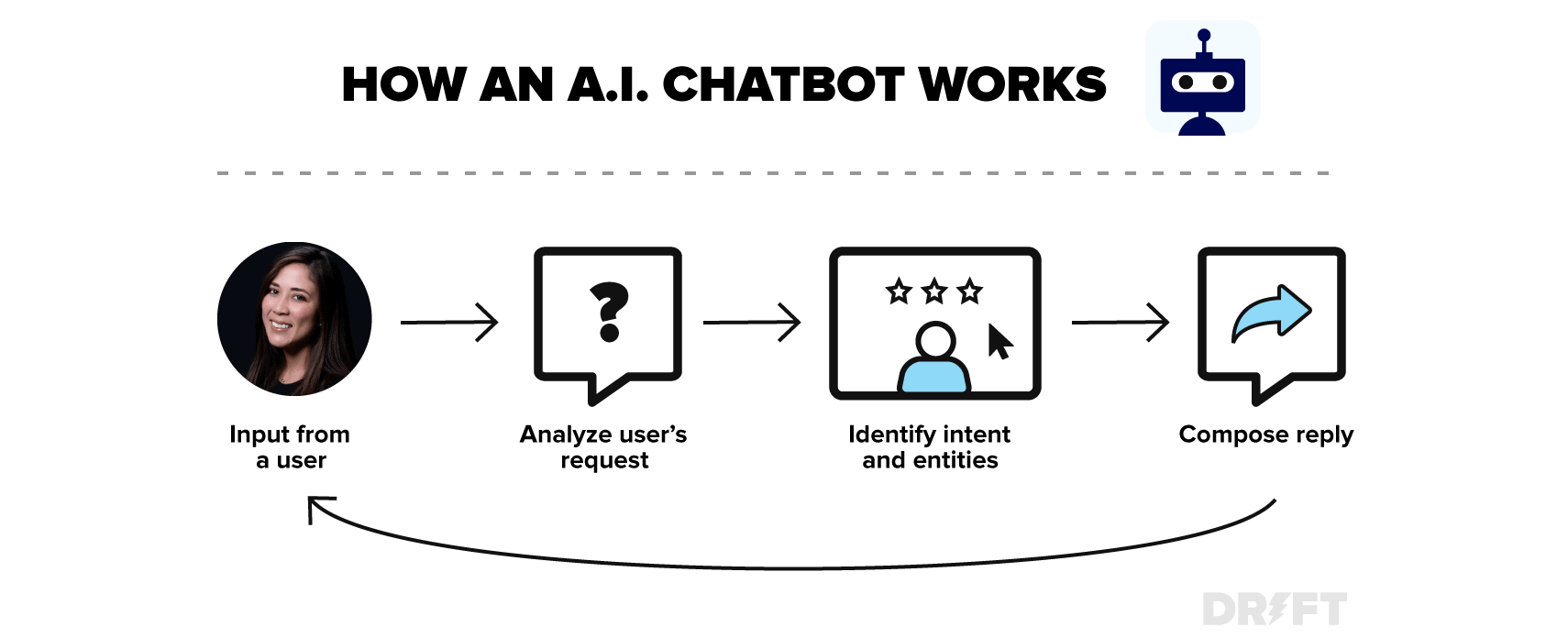
At its core, an AI chatbot processes input data, interpreting it to generate a relevant output. When a site visitor poses a question, the AI chatbot scrutinizes their intent, considering factors like tone and sentiment, and endeavors to provide the most suitable answer.
For this functionality, the AI chatbot requires access to extensive conversational data. Consequently, AI chatbots undergo a training phase during which a programmer imparts an understanding of the contextual nuances in a person’s words. This comprehension enables the chatbot to respond to intricate queries in a natural and conversational manner.
If the prospect of training an AI chatbot raises concerns, fear not. Drift’s Conversational AI, for instance, comes pre-trained on over six billion conversations, including topics specific to your company, rendering it ready for use out-of-the-box. The AI Topic Library facilitates customization of responses to common topics, allowing the addition and generation of examples for those topics, and even the creation of new custom topics. Furthermore, Drift’s GPT integration automates the generation of topic examples, streamlining the training process and expediting the deployment of AI.
With a solid understanding of the fundamentals of AI chatbot operation and the right software in place, you can craft a conversational experience that delivers pertinent information to your site visitors precisely when they need it. For further insights, explore our resource on how to design AI chatbots.
WHICH IS BETTER — AI CHATBOTS OR RULE-BASED CHATBOTS?
When faced with the choice between AI chatbots and traditional rule-based chatbots, your decision hinges on your specific use case, as each type of chatbot caters to different requirements.
Rule-based chatbots operate on predefined rules, adhering to a script and functioning in an automated manner.
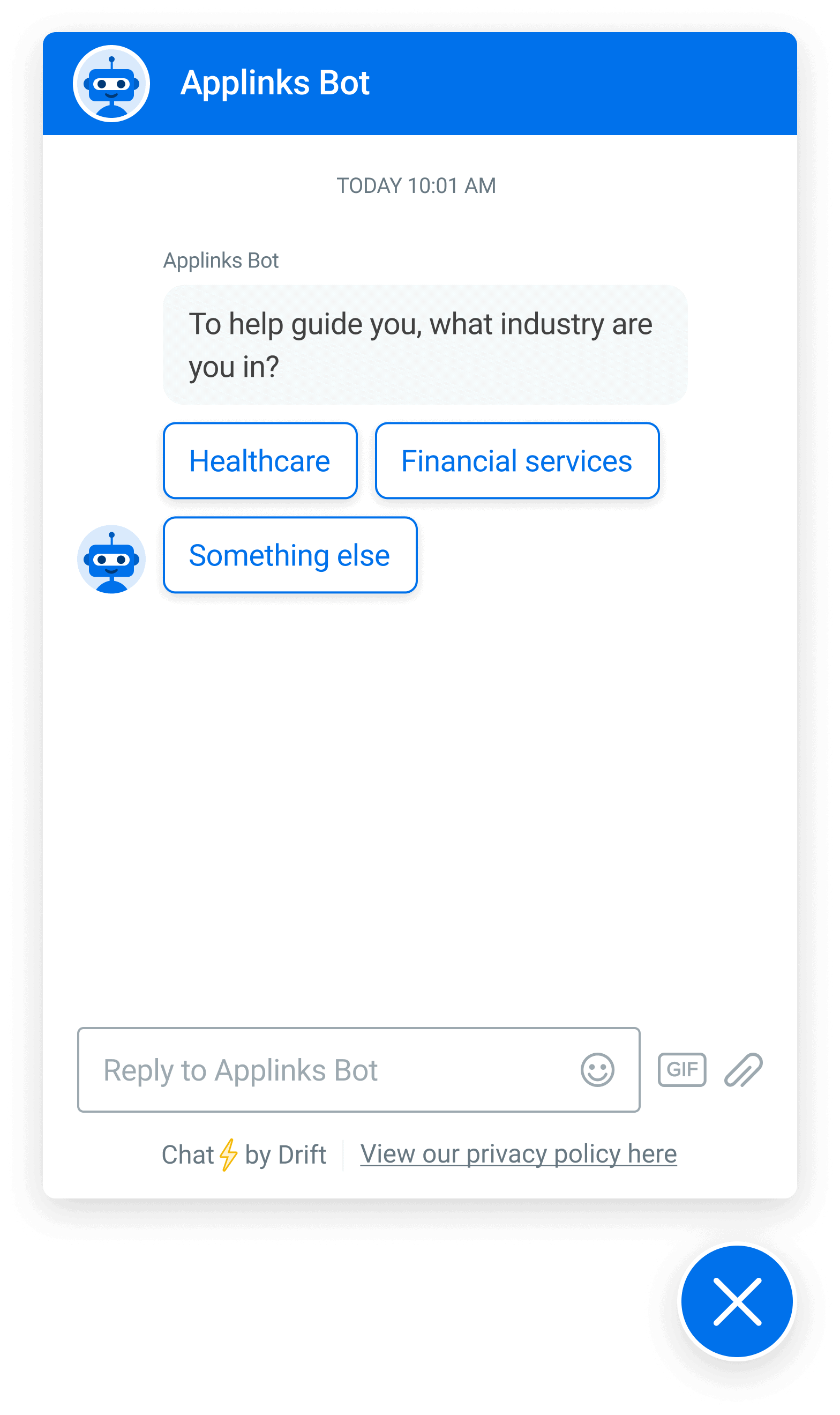
While lacking the flexibility of their AI counterparts, rule-based chatbots offer distinct advantages. If your aim is to establish a predictable and controlled experience, rule-based chatbots enable you to steer your audience toward specific objectives—whether it’s engaging with a human, downloading content, or signing up for a demo.
However, rule-based chatbots have limitations when it comes to adapting to changes in language. If a visitor poses a question for which you haven’t pre-programmed a response, the chatbot may struggle to generate an answer.
In contrast, an AI chatbot excels in engaging in more adaptable, human-like conversations. It has the capacity to learn extensively about your site visitors and apply that knowledge with minimal intervention. This not only provides your sales representatives with valuable insights into your buyers but also allows them to personalize their conversations more effectively.
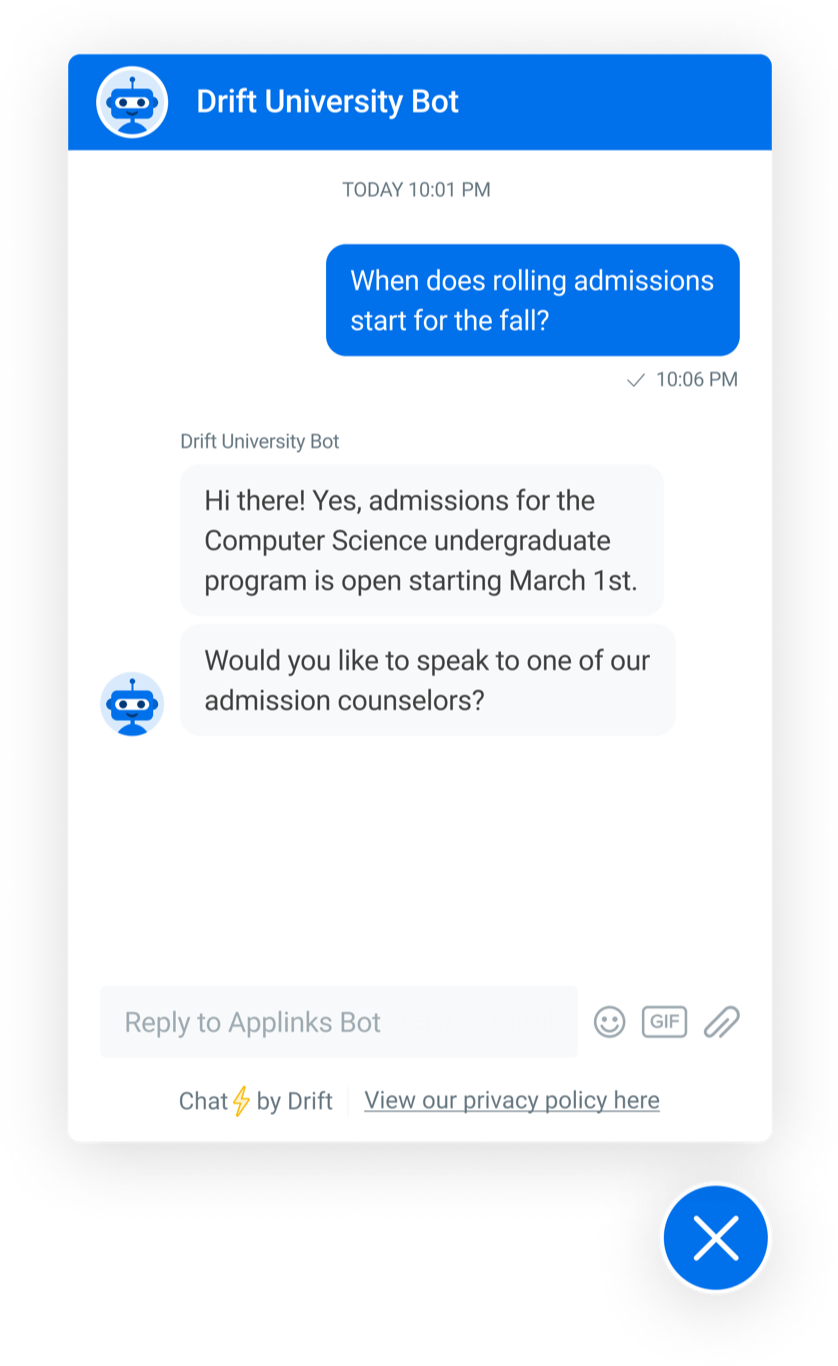
If you require a chatbot capable of handling intricate queries or deciphering extensive datasets, AI chatbots are the optimal choice, offering various applications:
- Sentiment Analysis: Delving into large datasets to identify customer complaints, reviews, and mentions across diverse touchpoints.
- Understanding Behavioral Patterns: Aiding in the identification of patterns that may elude human detection.
- Learning and Adapting to User Preferences: Crafting personalized experiences for site visitors, including saving preferences, mirroring language, and delivering customized content.
Our recommendation? Consider selecting a chatbot platform that integrates both AI chatbots and rule-based chatbots, allowing you to leverage the strengths of each. For instance, deploy a rule-based chatbot on your homepage to swiftly qualify site visitors, while employing an AI chatbot on a high-intent page, like a pricing page, to address specific buyer inquiries.
To ensure an optimal user experience, seek an AI chatbot platform equipped with the ability to comprehend tone, sentiment, and social cues.
If you’re seeking to streamline your search, we’ve got you covered. Opting for a platform that seamlessly integrates both AI and rule-based chatbots provides the flexibility to address a spectrum of user needs across different touchpoints on your website.
For instance, a rule-based chatbot can efficiently handle routine tasks, ensuring a structured and controlled experience for users. On the other hand, an AI chatbot excels in scenarios where the conversation may deviate or involve nuanced understanding, such as answering complex queries or adapting to user preferences over time.
Furthermore, when considering an AI chatbot platform, prioritize features that enable it to understand tone, sentiment, and social cues. This level of comprehension allows the chatbot to engage in more natural and context-aware conversations, enhancing the overall user experience.
As technology evolves, the lines between AI and rule-based chatbots may continue to blur, and advancements in hybrid models may offer even more robust solutions. Therefore, it’s wise to choose a platform that embraces innovation and can adapt to future developments in the dynamic field of conversational AI.
In conclusion, the key lies in understanding your specific use cases and tailoring your chatbot strategy accordingly. By incorporating a combination of rule-based and AI chatbots, along with advanced features for contextual understanding, you can create a versatile and effective conversational experience for your site visitors.

